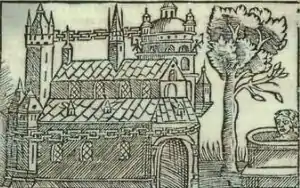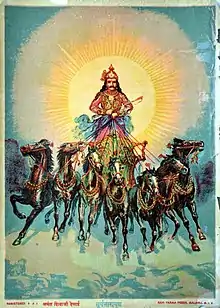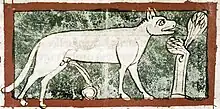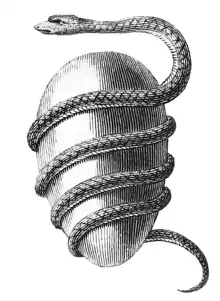Portal:Myths
The Myths Portal
Myth is a folklore genre consisting of narratives that play a fundamental role in a society, such as foundational tales or origin myths.
Myths are often endorsed by secular and religious authorities and are closely linked to religion or spirituality. Many societies group their myths, legends, and history together, considering myths and legends to be true accounts of their remote past. In particular, creation myths take place in a primordial age when the world had not achieved its later form. Other myths explain how a society's customs, institutions, and taboos were established and sanctified. There is a complex relationship between recital of myths and the enactment of rituals.
The main characters in myths are usually non-humans, such as gods, demigods, and other supernatural figures. Others include humans, animals, or combinations in their classification of myth. Stories of everyday humans, although often of leaders of some type, are usually contained in legends, as opposed to myths. Myths are sometimes distinguished from legends in that myths deal with gods, usually have no historical basis, and are set in a world of the remote past, very different from that of the present. (Full article...)
Selected article -
Carnivàle is an American television series set in the United States during the Great Depression. The series traces the disparate storylines of a young carnival worker named Ben Hawkins and Brother Justin Crowe, a preacher in California. The overarching story is built around a good and evil theme, which serves as a human-scaled metaphor within a complex structure of myth and allegory. Samson, the carnival's dwarf manager, sets up the show's mythology with a prologue in the pilot episode, talking of "a creature of light and a creature of darkness" being born "to each generation" preparing for a final battle.
Most mythological elements in Carnivàle relate to so-called Avatars (or Creatures of Light and Darkness), fictional human-like beings with supernatural powers who embody good and evil. In its first season Carnivàle does not reveal its characters as Avatars beyond insinuation, and makes the nature of suggested Avatars a central question. By the second season it is established that Ben is a Creature of Light and Brother Justin a Creature of Darkness. Other than through the characters, the show's good-and-evil theme manifests in the series' contemporary religion, the Christian military order Knights Templar, tarot divination, and in historical events like the Dustbowl and humankind's first nuclear test. Show creator Daniel Knauf did not respond to questions about the mythology but did provide hints about the mythological structure to online fandom both during and after the two-season run of Carnivàle. Nevertheless, many of the intended clues remained unnoticed by viewers. Knauf left fans a production summary of Carnivàle's first season two years after cancellation. This so-called Pitch Document, originally written to give HBO and Knauf's co-writers an overview of the intended storyline, backed up and expanded upon the assumed mythological rules. (Full article...)Did you know? -
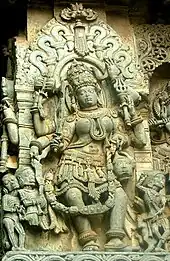
- ...that Chamunda (pictured), a fearsome aspect of the Hindu Divine Mother, was worshipped by ritual human and animal sacrifices along with offerings of wine?
- ... that in Inuit mythology, an Angakkuq, or shaman, is told to be able to fly with the assistance of a spirit companion, or tuurngaq?

- ...that Tlahuizcalpantecuhtli (pictured) was the god of the planet Venus in Aztec belief?
- ...that according to Greek mythology, Adonis was slain by a boar at the foot of the waterfall in Apheca in modern-day Lebanon?
Recognised content
Featured Articles:
![]() Ahalya,
Ahalya, ![]() Ancient Egyptian literature,
Ancient Egyptian literature, ![]() King Arthur,
King Arthur, ![]() Ganesha,
Ganesha, ![]() Iravan,
Iravan, ![]() Orion (mythology),
Orion (mythology), ![]() Vampire,
Vampire, ![]() Vithoba
Vithoba
Featured Lists:
![]() List of valkyrie names in Norse mythology
List of valkyrie names in Norse mythology
Good Articles:
![]() 2012 phenomenon,
2012 phenomenon,
![]() Æsir–Vanir War,
Æsir–Vanir War,
![]() Ala (demon),
Ala (demon),
![]() Anu,
Anu,
![]() Aphrodite,
Aphrodite,
![]() Athena,
Athena,
![]() Ardhanarishvara,
Ardhanarishvara,
![]() Battle of Barry,
Battle of Barry,
![]() Bhikshatana,
Bhikshatana,
![]() Catalogue of Women,
Catalogue of Women,
![]() Chamunda,
Chamunda,
![]() Chhinnamasta,
Chhinnamasta,
![]() Consorts of Ganesha,
Consorts of Ganesha,
![]() Cú Chulainn,
Cú Chulainn,
![]() Dhumavati,
Dhumavati,
![]() Dumuzid,
Dumuzid,
![]() Einherjar,
Einherjar,
![]() Eir,
Eir,
![]() Enlil,
Enlil,
![]() Fairy Flag,
Fairy Flag,
![]() Fenrir,
Fenrir,
![]() Gerðr,
Gerðr,
![]() Hel (being),
Hel (being),
![]() Huginn and Muninn,
Huginn and Muninn,
![]() Iðunn,
Iðunn,
![]() Ila (Hinduism),
Ila (Hinduism),
![]() Inanna,
Inanna,
![]() Kabandha,
Kabandha,
![]() Kali,
Kali,
![]() Kamadhenu,
Kamadhenu,
![]() Kangiten,
Kangiten,
![]() Keshi (demon),
Keshi (demon),
![]() Khandoba,
Khandoba,
![]() Kratos (mythology)
Kratos (mythology)
![]() Krishna,
Krishna,
![]() Kubera,
Kubera,
![]() LGBT themes in Hindu mythology,
LGBT themes in Hindu mythology,
![]() Manasa,
Manasa,
![]() Mandodari,
Mandodari,
![]() Matangi,
Matangi,
![]() Matrikas,
Matrikas,
![]() Maya Sita,
Maya Sita,
![]() Mohini,
Mohini,
![]() Myrrha,
Myrrha,
![]() Mythology of Carnivàle,
Mythology of Carnivàle,
![]() Naraka (Hinduism),
Naraka (Hinduism),
![]() Ninurta,
Ninurta,
![]() Prester John,
Prester John,
![]() Prithu,
Prithu,
![]() Putana,
Putana,
![]() Rati,
Rati,
![]() Ratatoskr,
Ratatoskr,
![]() Revanta,
Revanta,
![]() Satyavati,
Satyavati,
![]() Satyr,
Satyr,
![]() Sharabha,
Sharabha,
![]() Shashthi,
Shashthi,
![]() Shiva,
Shiva,
![]() Sif,
Sif,
![]() Tara (Ramayana),
Tara (Ramayana),
![]() Troilus,
Troilus,
![]() Tuisto,
Tuisto,
![]() Valhalla,
Valhalla,
![]() Valkyrie,
Valkyrie,
![]() Vampire folklore by region,
Vampire folklore by region,
![]() Varaha,
Varaha,
![]() Varahi,
Varahi,
![]() Veðrfölnir and eagle
Veðrfölnir and eagle
![]() Zduhać
Zduhać
Wikiversity
Selected creature -
The serpent, or snake, is one of the oldest and most widespread mythological symbols. The word is derived from Latin serpens, a crawling animal or snake. Snakes have been associated with some of the oldest rituals known to humankind and represent dual expression of good and evil.
In some cultures, snakes were fertility symbols. For example, the Hopi people of North America performed an annual snake dance to celebrate the union of Snake Youth (a Sky spirit) and Snake Girl (an Underworld spirit) and to renew the fertility of Nature. During the dance, live snakes were handled, and at the end of the dance the snakes were released into the fields to guarantee good crops. "The snake dance is a prayer to the spirits of the clouds, the thunder and the lightning, that the rain may fall on the growing crops." To the Hopi, snakes symbolized the umbilical cord, joining all humans to Mother Earth. The Great Goddess often had snakes as her familiars—sometimes twining around her sacred staff, as in ancient Crete—and they were worshiped as guardians of her mysteries of birth and regeneration. (Full article...)General images
Subcategories
WikiProjects
- Wikiproject of Mythology
- Wikiproject of Hindu mythology
- Japanese mythology taskforce
Things you can do
- Help with the myth and folklore missing articles project.
- Help create requested articles.
- Help assessment at Wikipedia:WikiProject Mythology/Assessment.
- Place the project banner {{WikiProject Mythology}} on the talk pages of all relevant articles.
- Check the recent changes for recent improvements, vandalism, and other changes.
- Answer requests for mythology articles needing attention: Category:Mythology articles needing attention
- Answer requests for mythology articles needing expert attention: Category:Mythology articles needing expert attention
- Expand articles tagged as mythology stubs: Category:Mythology stubs
- Assist mythology subprojects.
- Add requested photographs of mythology subjects: Category:Wikipedia requested photographs of mythology subjects
Associated Wikimedia
The following Wikimedia Foundation sister projects provide more on this subject:
-
 Commons
Commons
Free media repository -
 Wikibooks
Wikibooks
Free textbooks and manuals -
 Wikidata
Wikidata
Free knowledge base -
 Wikinews
Wikinews
Free-content news -
 Wikiquote
Wikiquote
Collection of quotations -
 Wikisource
Wikisource
Free-content library -
 Wikiversity
Wikiversity
Free learning tools -
 Wiktionary
Wiktionary
Dictionary and thesaurus
-
 List of all portalsList of all portals
List of all portalsList of all portals -
 The arts portal
The arts portal -
 Biography portal
Biography portal -
 Current events portal
Current events portal -
 Geography portal
Geography portal -
 History portal
History portal -
 Mathematics portal
Mathematics portal -
 Science portal
Science portal -
 Society portal
Society portal -
 Technology portal
Technology portal -
 Random portalRandom portal
Random portalRandom portal -
 WikiProject PortalsWikiProject Portals
WikiProject PortalsWikiProject Portals

.jpg.webp)
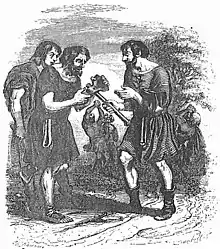
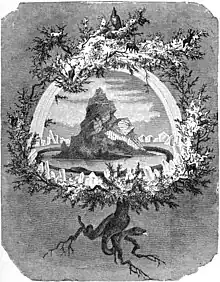
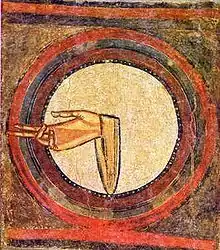

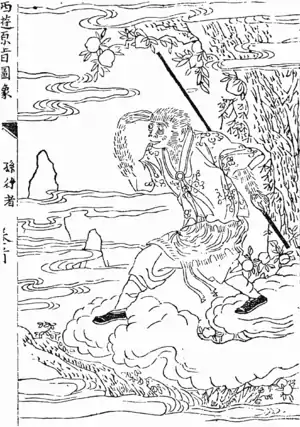
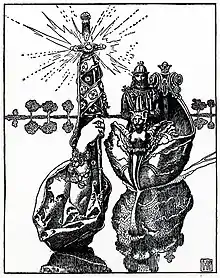
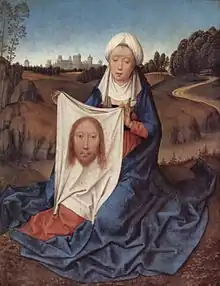



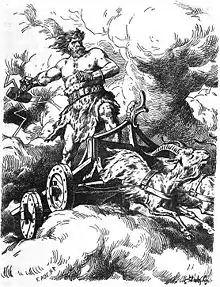
.jpg.webp)
_Geraint.jpg.webp)
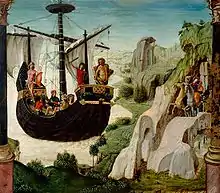


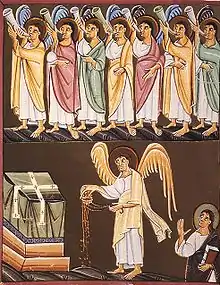
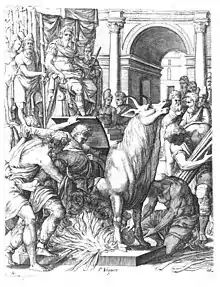
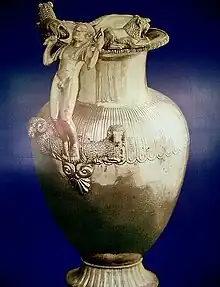
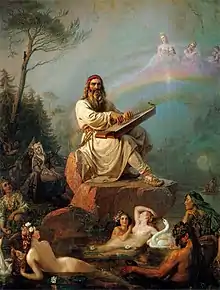

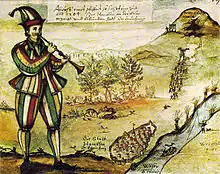
-late.14c.jpg.webp)
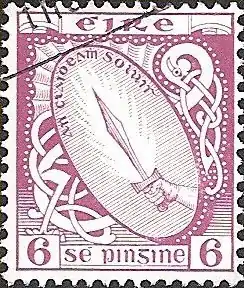
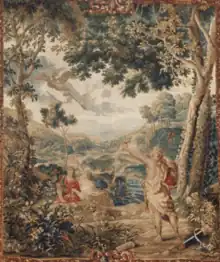
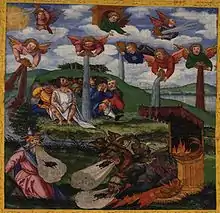
.jpg.webp)
_to_Devas._When_Rahu_(snake_dragon)_tried_to_steal_the_Amrita%252C_his_head_was_cut_off.jpg.webp)
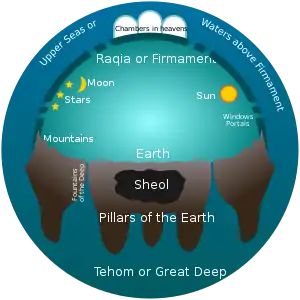
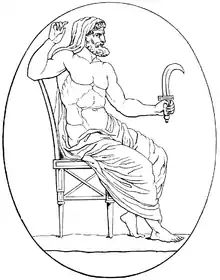
.jpg.webp)
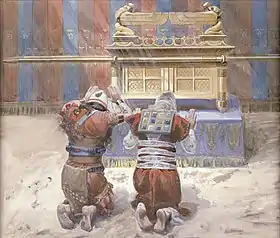

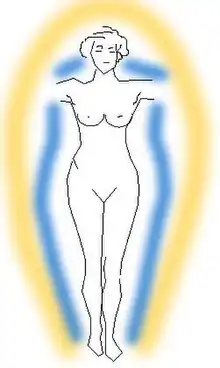

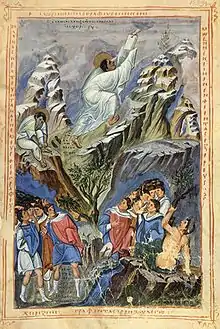


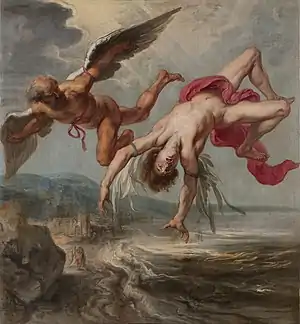
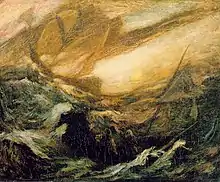
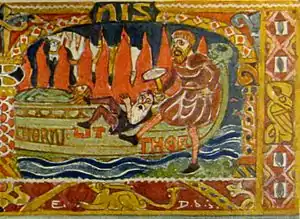
.jpg.webp)
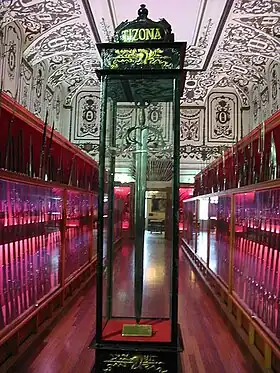
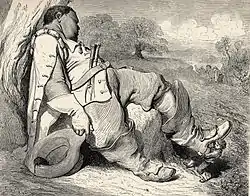
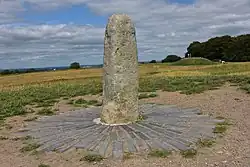
_(15949358169).jpg.webp)
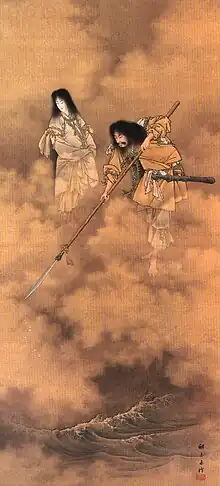
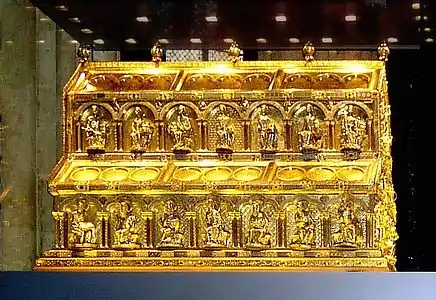
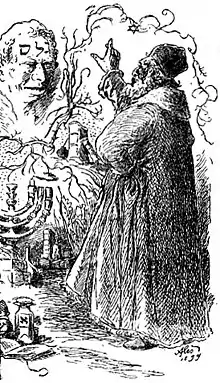

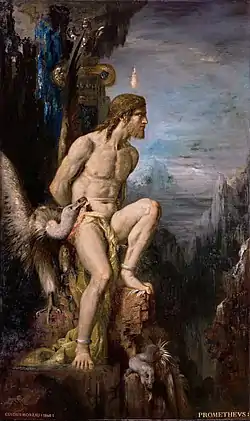
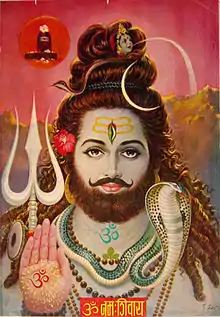
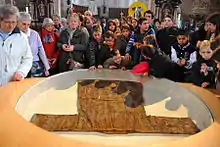

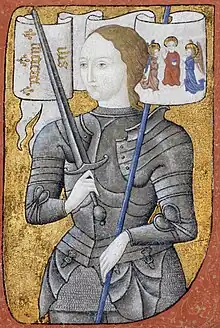
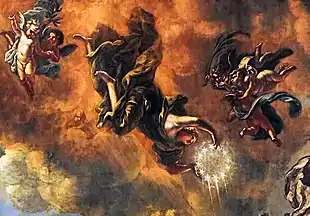

_-_Adam_and_Eve-Paradise_-_Kunsthistorisches_Museum_-_Detail_Tree_of_Knowledge.jpg.webp)

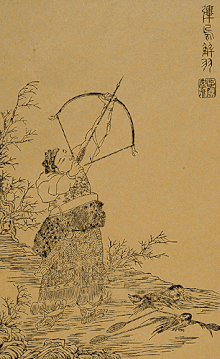

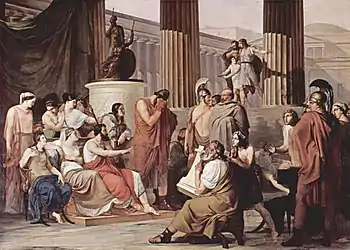

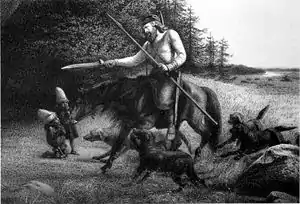
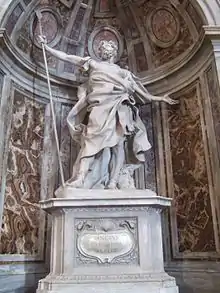
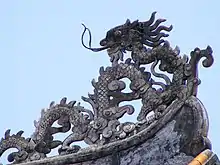
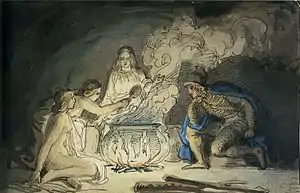
_(14801987593).jpg.webp)
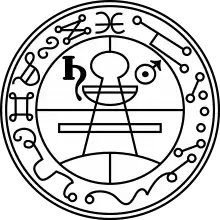
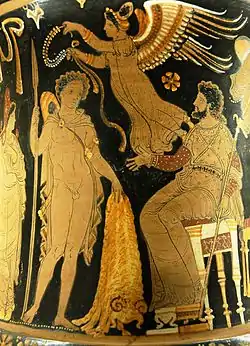
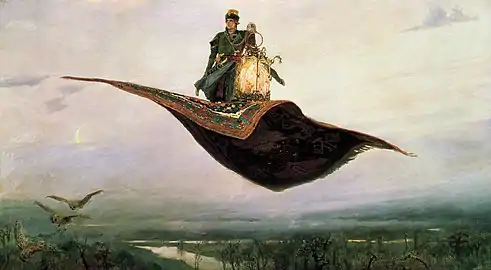
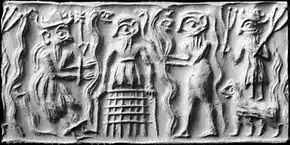
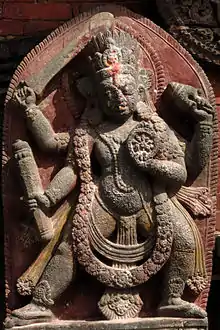
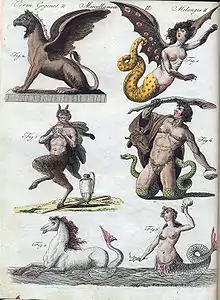
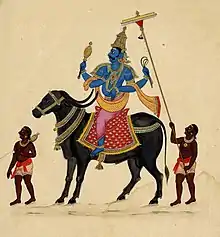
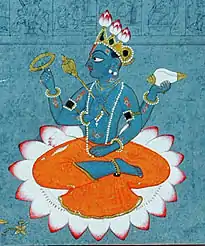


.jpg.webp)
